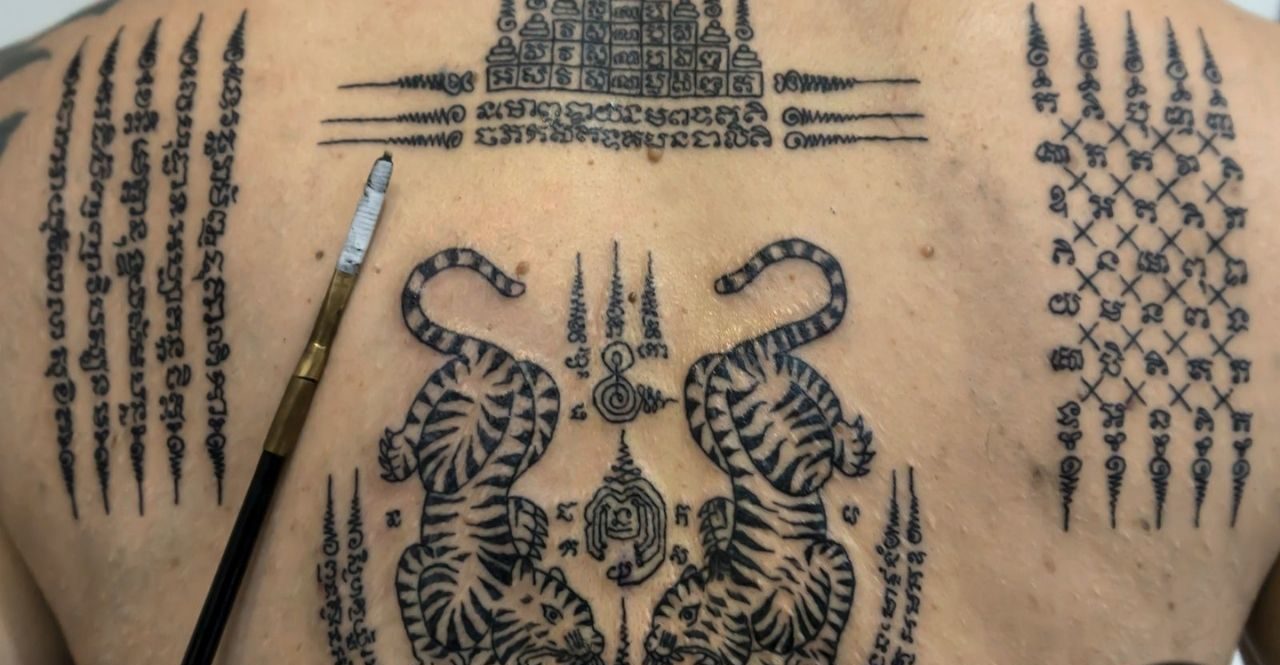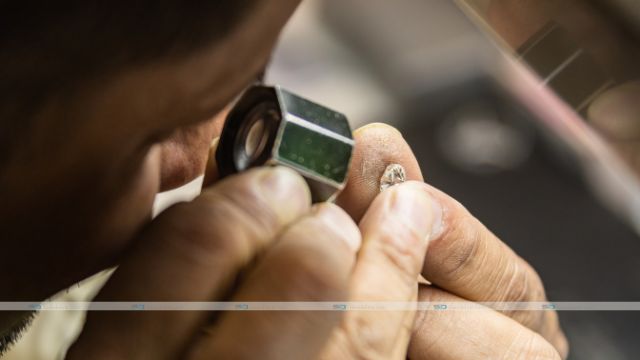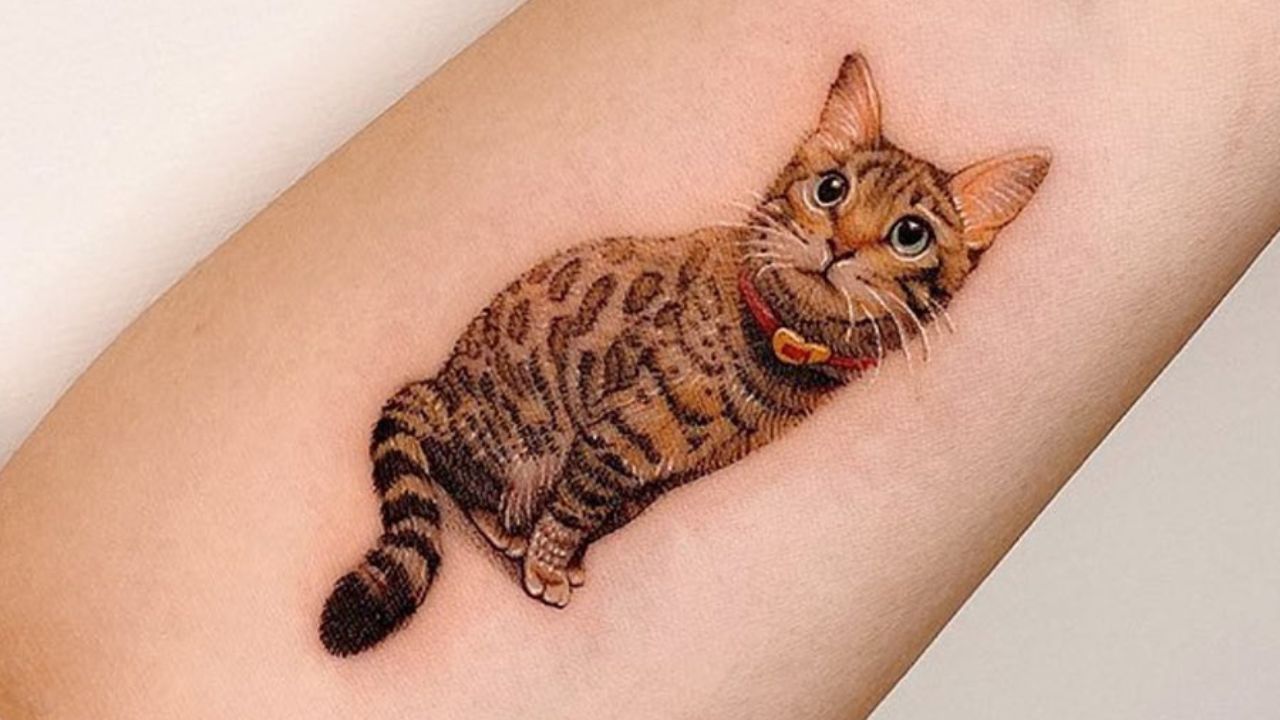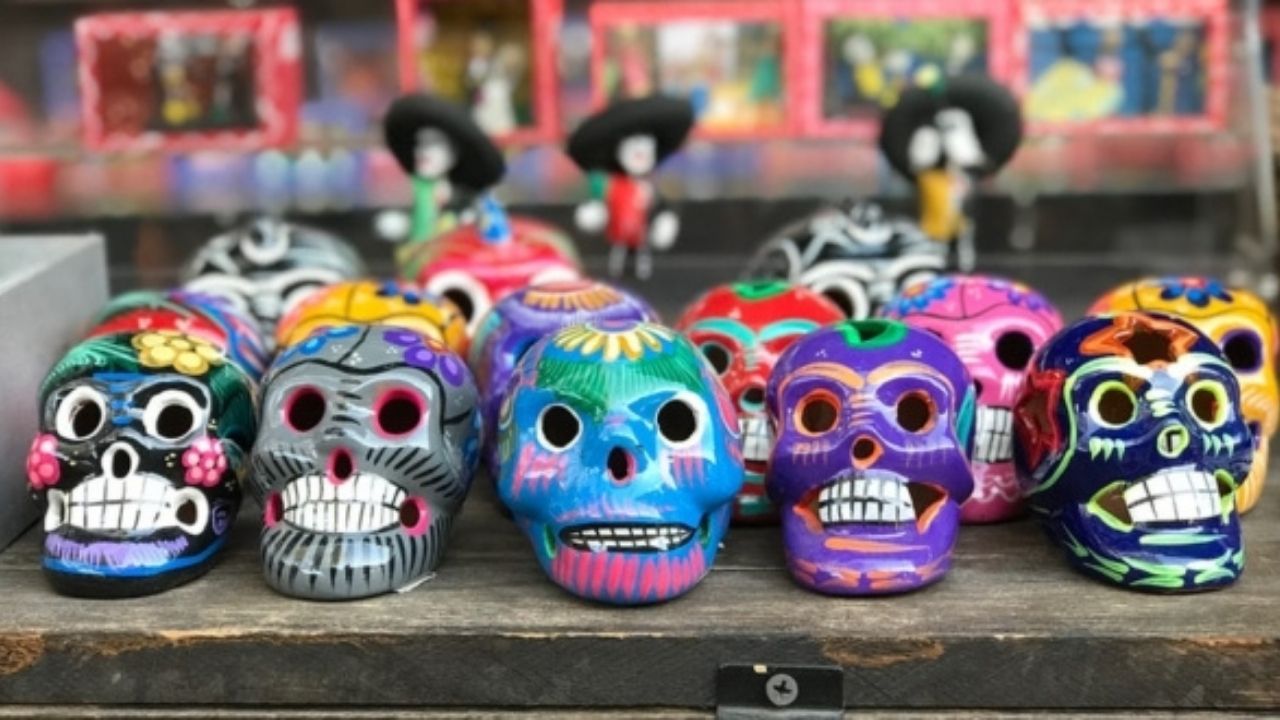“Sak Yant Tattoo” is also called a bamboo tattoo or Thailand tattoo. This is a fascinating topic in tattoo designs in various cultures. So, in this article, let’s try to cover things related to Sak Yant Tattoos.
Obtaining a Sak Yant may be a positively respected Thai magical and spiritual understanding. However, it’s not to be taken casually. Real monks and Ajarns tattoo magic and charms are amazingly holy ceremonies, either during a temple or a happy place.
Bamboo Tattoo Art in Thailand
The designs differ in their ability to safeguard the recipient against evil, supply victory in business, and convey great love and compassion. More will be explained about the three most conventional Sak Yant designs below.
The tattoo is concluded employing a long metal rod with hygienic western standards. It is often not your distinctive tattoo. Bamboo was used in the old days; nevertheless, this was less sterile.
Sak Yant designs have a predetermined part of the body that they’re to be located. It is often generally on the upper back, nape of the channel, or shoulder. In most cases, Sak Yants are positioned above the waist.
“Sak Yant” Significance
While the Thai term “Sak” means “to tap,” the Thai word Yant, acquired from the Sanskrit word Yantra, which means an instrument. A Yantra might be many things, for example, a sacred geometrical layout, spell, or chanting that possesses magical powers. So “Sak Yant” suggests “to beat out a Yant” or “to hand poke a tattoo” because it is usually noted.
Sak Yant – Traditional Temple Tattooing
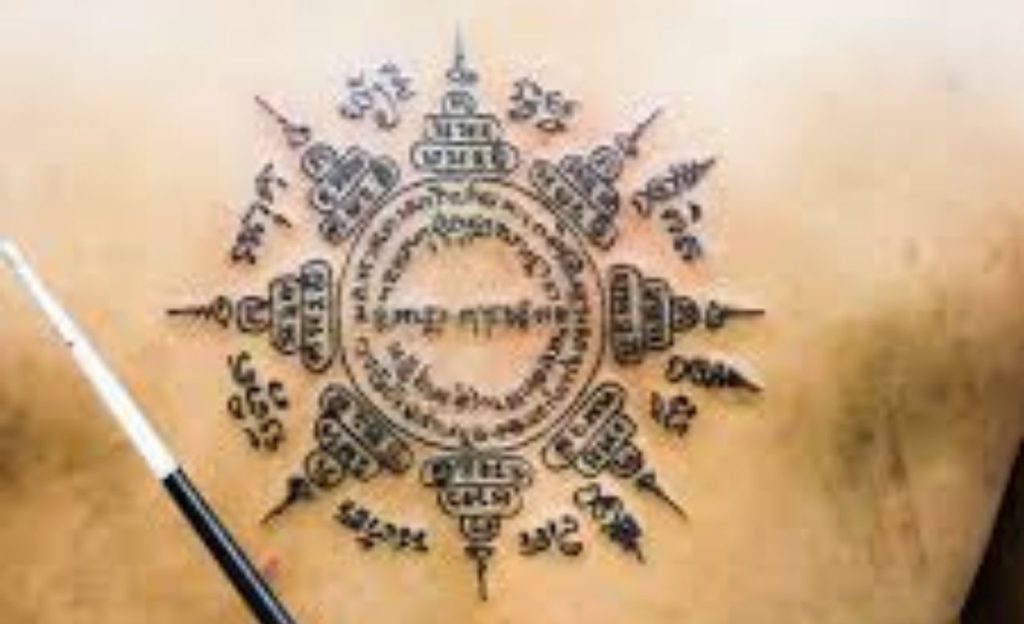
The Sak Yant is generally performed by monks and is thought to bestow certain powers on the person receiving the tattoo. However, the Sak Yant may be a severe Buddhist ritual. Many Thai people bear the agony of the ink manually rubbed onto the skin with metallic rods rather than the standard machine connected to tattooists.
Even that’s a slight nod toward modernity; initially, nails from coffins were employed. The ink utilized in Yants may be a blend of Chinese or Indian ink and whiskey. Snake or scorpion venom and ashes from the funeral can also be counted to the ink.
The word “Sak” suggests tapping, while “Yant” is thatThe Thai word for Yantra (a geometric diagram used in tantric worshiping as a meditation aid).
A Yant may be a sacred geometry design incorporating Buddhist psalms and magical formulas that invoke various elements and powers of protection and multiple Blessings to you. These Buddhist tattoos include daily animals and deities. Sacred Geometry Thailand is often found on decorative cloths, clothing, and people’s skin. A Sak Yant is the term given to Thai Sacred Geometry within a tattoo.
Such tattoos are said to provide the person who accepts their magic. The designs are designed from imagery, text, or a mixture of the two. The pictures show a history of influence from Buddhist, Brahman, and Animist beliefs.
Figures of Yants
- A round or circular Yant suggests the face of Lord Buddha. It originated from Brahminism.
- Four-sided or square Yant represents the four elements, earth, fire, wind, and water.
- Three-sided or triangular Yant represents Dhamma, Buddha, and Sangha.
- Yants are images and describe various mythical sculptures and animal types.
- The ‘Ong Phra’ (Buddha’s body) may be a symbol of It is often usually a series of oval shapes positioned on top of 1 another, starting from large to small. It comprises the idea of the many sacred Yants.
- A half-moon or crescent shape indicates the illumination of darkness as we make our way through this life.
Wrap Up
Ajarn’s or Ajahns are profoundly respected monks or former monks who have passed the extent of ten vassa. These guys are the cream of the monk crop and are hugely revered. A tattoo given by an Ajarn bears more weight within the magical sense, and if you would like your spells to possess specific powers that aren’t otherwise covered, you get an Ajarn to try it. Buddhist monks can also be masters of the Sak Yant, and their tattoos carry many magical abilities.

